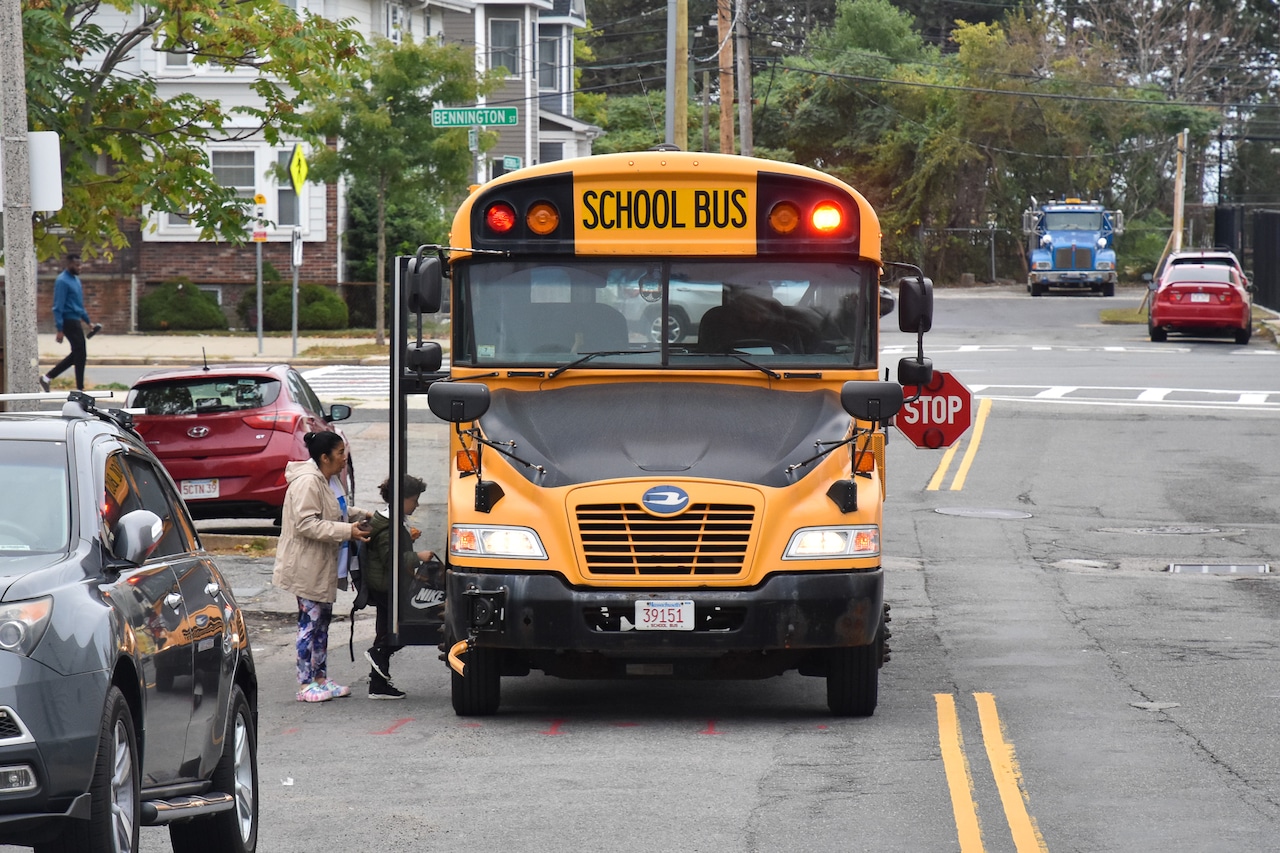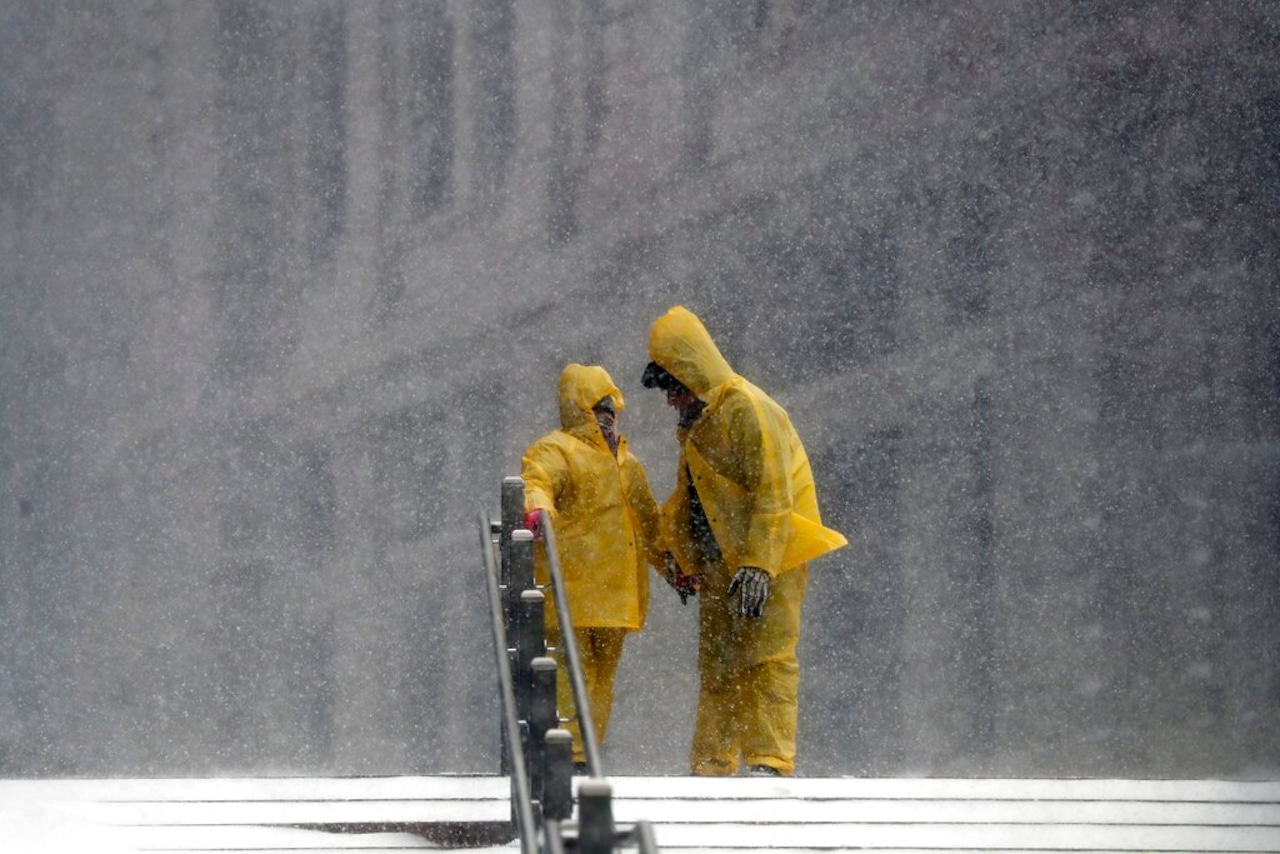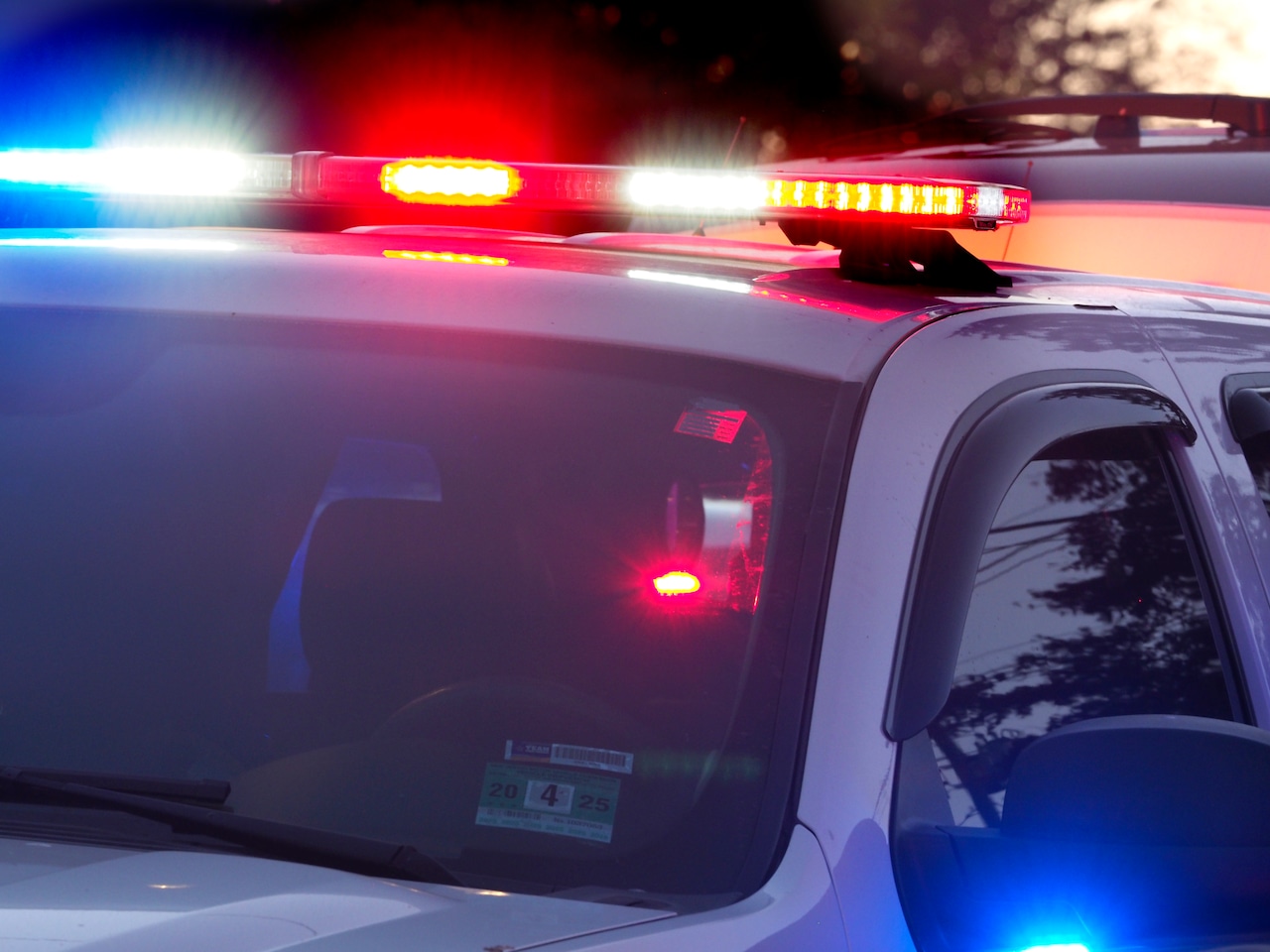
Over five weeks last year, about 860 drivers sped around Peabody school buses when their red stop signs were extended, signaling students may be crossing the street.
How did city officials know? They had placed cameras on 10 buses, which recorded as hurried motorists illegally drove around the halted vehicles.
That was in a community of about 54,000. Picture the numbers in a city more than 12 times the size with a reputation for some of the nation’s worst drivers.
Some Boston city officials hope such a program would add a layer of protection for the city’s more than 54,000 schoolchildren, reigning in drivers who frequently ignore the law to pass a bus when kids could be crossing.
But a state ban on automated traffic law enforcement — think cameras capturing drivers zipping through red lights or doing 85 mph on a 65 mph highway — stands in the way.
“When my daughter and son begin riding a school bus, I do not want to fear that they could be endangered by reckless drivers,” Boston City Councilor Enrique Pepén wrote in a letter to state lawmakers last month, urging action on a bill to allow automated ticketing of drivers who violate school bus passing laws.
The bill is one of several measures stalled in the Legislature that would allow various forms of camera-based traffic enforcement or programs to study the technology.
The program in Peabody was a pilot, intended to capture driver behavior around stopped school buses. A similar trial run is underway in Salem. Worcester may follow, according to a representative for BusPatrol, the company behind much of the bus camera technology.
The devices, known as stop-arm cameras, are simple.
When picking up or dropping off children, a school bus driver extends the classic flashing red stop sign. On a two-lane road, drivers in both directions are expected to stop. Many don’t.
If a driver passes the bus, the camera identifies their license plate. The information is shared with local authorities, who — if their state allows — can mail the car’s owner a ticket.
Pepén points to two incidents this year, widely covered in news reports, for the consequences of reckless, intoxicated or distracted drivers who blow past school buses.
In January, a driver struck a 9-year-old boy in Haverhill as he crossed the street after stepping off a school bus. The child, seriously injured, was airlifted to a Boston hospital. The driver is awaiting trial on drunk driving and other charges.
A Brockton student escaped serious injury in March after he was hit by a sedan after exiting a school bus.
“We have many vehicles that may not respect the stop sign,” Boston City Councilor Henry Santana said in an interview. “When we’re talking about protecting our most vulnerable, that includes our youth.”
BusPatrol provides cameras for 30,000 school buses in 16 states. It recently equipped Providence, Rhode Island’s 140-school-bus fleet.
Enforcement began in Providence on Tuesday after a month-long grace period. Drivers now face a fine of $250 for their first violation and $500 for subsequent offenses.
Nine in 10 drivers who get a ticket from passing a BusPatrol-equipped bus never do so again, Steve Randazzo, the company’s chief growth officer, said.
“It’s really this conditioning of drivers,” he told Boston City Councilors on Aug. 12. “Much like when you see an officer 100 yards down the highway, you tend to slow down. You tend to be on your best behavior.”
More than half of states allow cameras to enforce some form of traffic laws.
Thirty states allow speed cameras, 26 states permit red light cameras and Washington D.C. allows both, according to the nonprofit Insurance Institute for Highway Safety. However, the number of communities using red light cameras has dropped in the last decade, often due to financial reasons or community opposition, the organization said.
An increasing number of states — 25, as of this spring — allow cameras to enforce illegal bus passing. Connecticut, Rhode Island and four other states have had stop-arm cameras for more than a decade, according to the National Conference of State Legislatures.
Automated enforcement bills have kicked around the Massachusetts State House for years.
Opposition often focuses on privacy and surveillance concerns concerns.
The American Civil Liberties Union of Massachusetts, a leading watchdog for surveillance technology, said automated enforcement devices can improve safety, quality of life, and the equity of traffic enforcement — so long as they have robust governance policies.
“We do not oppose automated enforcement just like we didn’t oppose the state shifting away from toll booths and moving to all electronic tolling,” said Kade Crockford, director of the ACLU’s Technology for Liberty Program. “It’s not a question of should we use technology, it’s a question of how.”
Strict rules on what the cameras record, how long data is stored and who can access it are among the necessary guards, Crockford said. There also must be a process for challenging any automatically issued tickets and protections to “make sure information collected for one purpose is not used for another.”
“If cities and towns want to install cameras on buses to stop people from endangering children, then that’s what the data should be used for,” Crockford said. “It shouldn’t be used for other stuff” — immigration enforcement, for instance.
Lawmakers had their most in-depth discussions about changing automated enforcement laws before the pandemic shifted their focus, State Sen. Brendan Crighton, D-3rd Essex, co-chair of the Joint Committee on Transportation, told MassLive.
He and other legislators are weighing several automated enforcement bills, including ones to allow school bus cameras. Some broad proposals could also crack down on drivers parking in bus stops or bus lanes, blowing through red lights, speeding or blocking intersections.
“We desperately need more law enforcement for traffic issues,” said State Sen. William Brownsberger, the Suffolk and Middlesex Democrat behind a bill for a ten-community pilot study on automated enforcement.
Some people worry towns and cities will abuse the power granted with automated enforcement, leading to tickets for driving 26 miles per hour in a 25 mph zone, or that enforcement cameras could be used for surveillance, Brownsberger said.
His proposal would not allow cameras to identify drivers or photograph inside their cars. Tickets would be issued against a vehicle, not a driver, and would be more comparable to a parking violation.
Boston Mayor Michelle Wu’s administration threw its support behind an automated enforcement bill earlier this year.
The city “is committed to keeping all pedestrians safe, especially our kids on their way to and from school,” a spokesperson for the mayor said in a statement. “We are open to working with our state partners to explore methods for improving driver and pedestrian safety and enforcement of traffic laws.”
Traffic cameras are not a method to raise new revenue, Jascha Franklin-Hodge, Boston chief of streets, wrote in a letter to state legislators in January. Instead, he said research showed the technology led to lower traffic ticket revenue because it reduced the number of overall infractions.
“It’s not about being overly punitive but about behavioral change,” Crighton said.
The widespread use of stop-arm cameras, Randazzo said, can condition drivers to know that if they illegally pass a bus, they can expect a ticket.
“It’s large, it’s yellow, it’s designed to be seen really from very far distances, it has red flashing lights,” he said. “If someone says ‘I didn’t see the bus,’ I might argue you might not have been paying attention or maybe you weren’t conditioned to see the bus as much as you should have been.”




